![]() During my time in Edinburgh, I lived in an apartment in a nice old tenement building: several floors of individual flats, all connected by an internal communal staircase. The building is at least a century old, and because this was back when things were built to last, each stair is a slab of gritty sandstone. But nowadays, each of those slabs is looking a little worn.
During my time in Edinburgh, I lived in an apartment in a nice old tenement building: several floors of individual flats, all connected by an internal communal staircase. The building is at least a century old, and because this was back when things were built to last, each stair is a slab of gritty sandstone. But nowadays, each of those slabs is looking a little worn.

The stairs up to my Edinburgh flat. Photo: Chris Rowan, 2010.
This wear is the cumulative result of a century of people walking up and down from their flats. As they left for and returned from work, as they nipped out to the shops or ventured out for an evening in one of Edinburgh’s many pubs, many times a day the feet of the people who lived here would fall upon each stair. The force applied by each footfall may not be great, even for those who had over-indulged in deep-fried Mars bars. But as every geologist knows, even a small force, repeated over a large enough stretch of time, can add up to some very large effects indeed. And a brief (and very rough) calculation shows that a century’s worth of footsteps is quite a lot:
- Assume 30 people living in the building at any one time (a very conservative assumption for 16 2-bedroom flats, especially since in the early 20th century this tenement probably a lot more crowded.
- Assume each person travels up and down the staircase 4 times a day on average, thus stepping on each step 8 times a day. This comes to a total of 240 footsteps per step per day – factoring in visitors and postmen, lets say 260.
- Multiplying up, this comes to 1800 footsteps per step per week, around 7000 a month, or almost 100,000 a year.
- Therefore, if the building was just over a century old (which is a reasonable estimate for the area of Edinburgh I lived in, each step has been struck by at least 10 million feet since it was laid down.
When I climbed this staircase to my flat, I would often look at the uneven steps and ponder this visible sign that my home had a history, that I was merely the latest in a long line of people who had lived there, some before I, or even my grandparents, were born. Indeed, in a city like Edinburgh, feeling a bit parvenu is a common occurrence. But, perhaps unsurprisingly given my profession, I also enjoyed the daily reminder that humans are a geological force; not individually, perhaps, but through sheer weight of numbers. If each of those 10 million feet were attached to a person, and those 10 million people were all sent up this staircase in single file, it would take less than 8 months for them to collectively erode away a centimetre of sandstone. And that’s when they’re acting in series – passing up one by one. What if they could act in parallel; if, somehow, they could all step on the same stair at the same moment? Each of those 10 million light footsteps would add up to a sledgehammer blow that would, in an instant, turn that centimetre of rock to dust. And then, consider that 10 million people is but a small fraction of the almost 7 billion people currently in the world. If you could somehow harness the feet of all of those people at once, then you could grind 7 metres of rock away in the blink of an eye. A few more repetitions and you’d have an impressive ravine. Keep going for a few hours, and you could produce a new canyon.
All this might seem like a rather implausible thought experiment, and it is certainly rather impractical to have the entire population of the world planting their footprints on a single stair. But when it comes to our carbon footprints, the entire planet is the stair. Our individual contributions – the energy we expend, the waste we produce – may seem insignificant, hardly something that is going to affect the planet. But when you multiply it by 7 billion, the small environmental impact of any one person becomes a very weighty footstep indeed; and after more than a century of increasingly heavy footfalls, it’s not surprising that the Earth is as worn down as my old staircase.



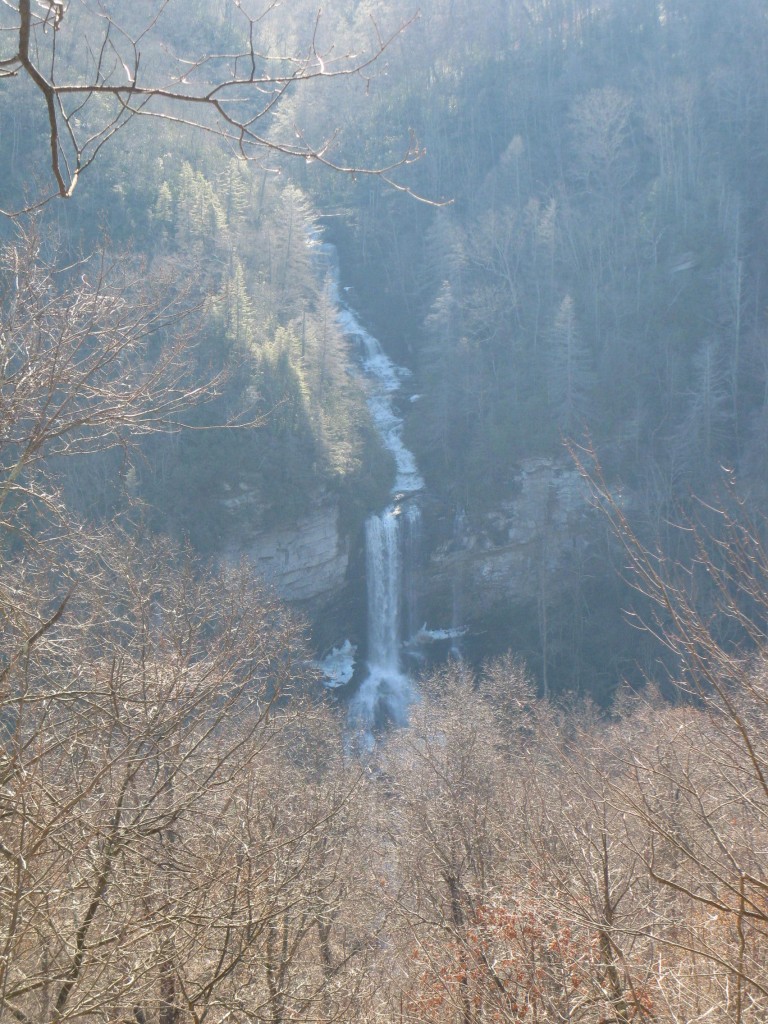


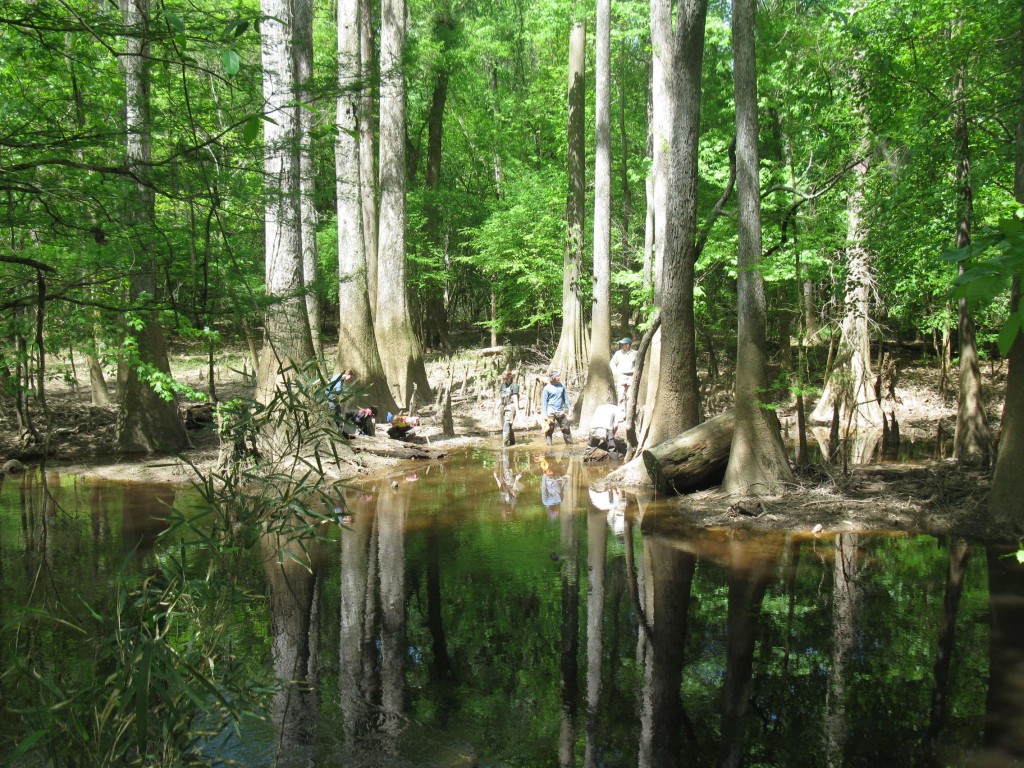
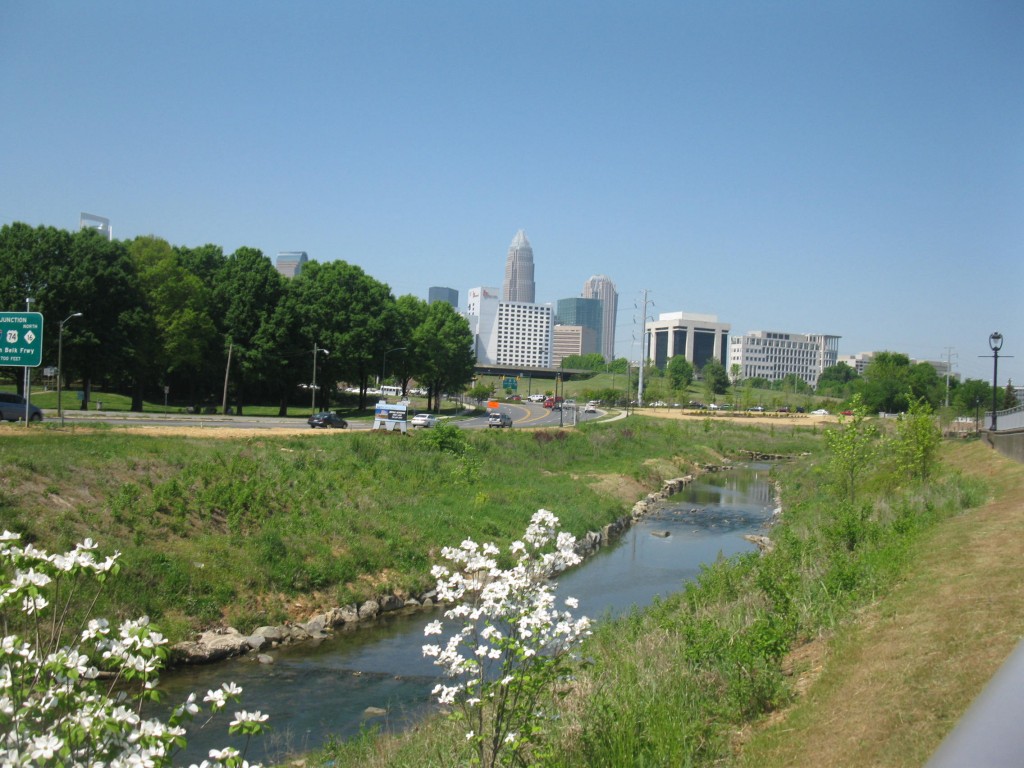
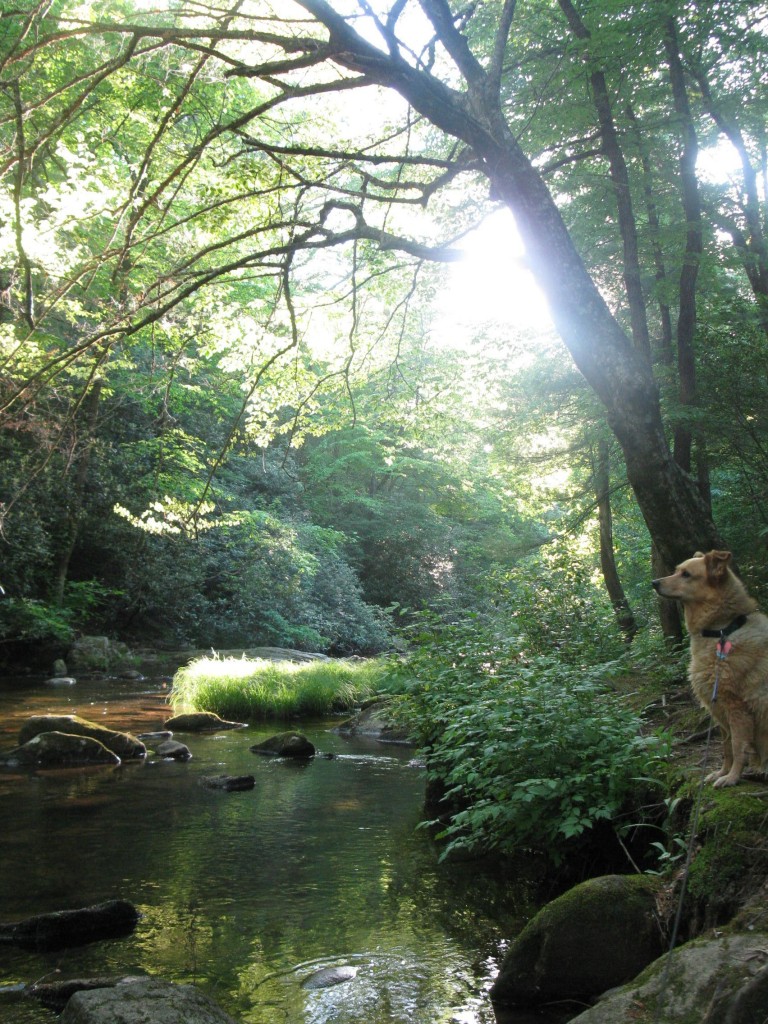








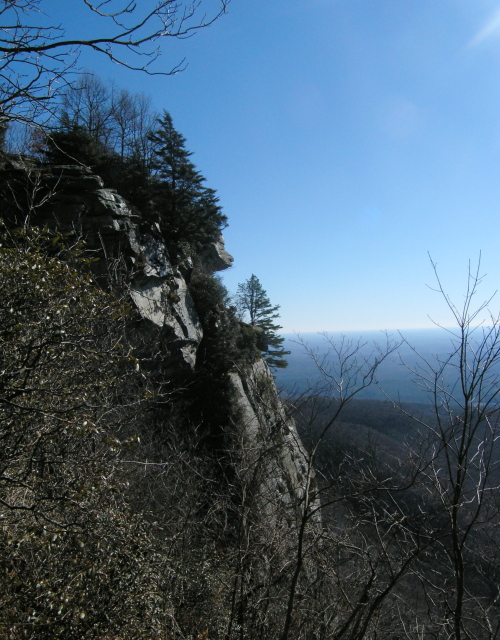
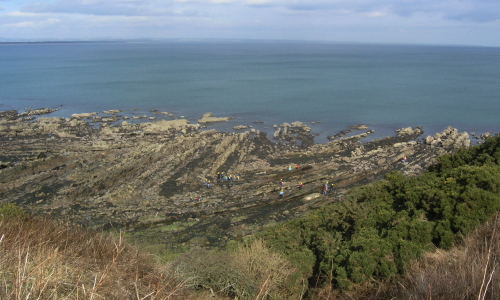

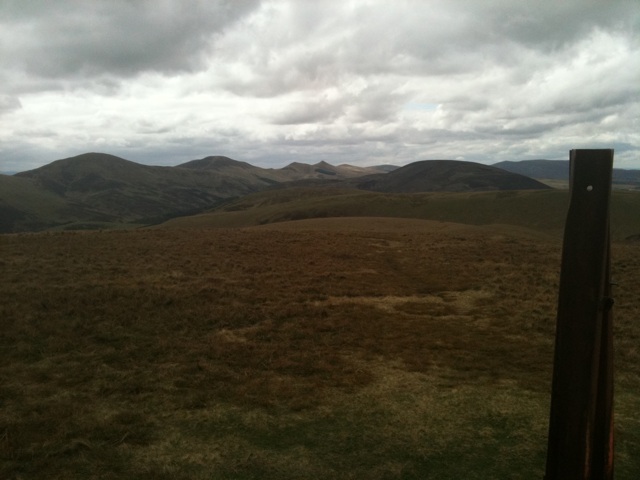
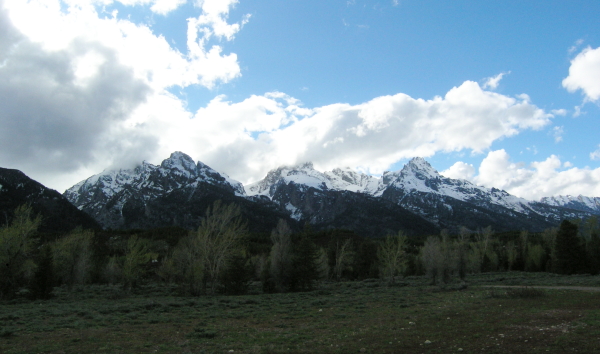
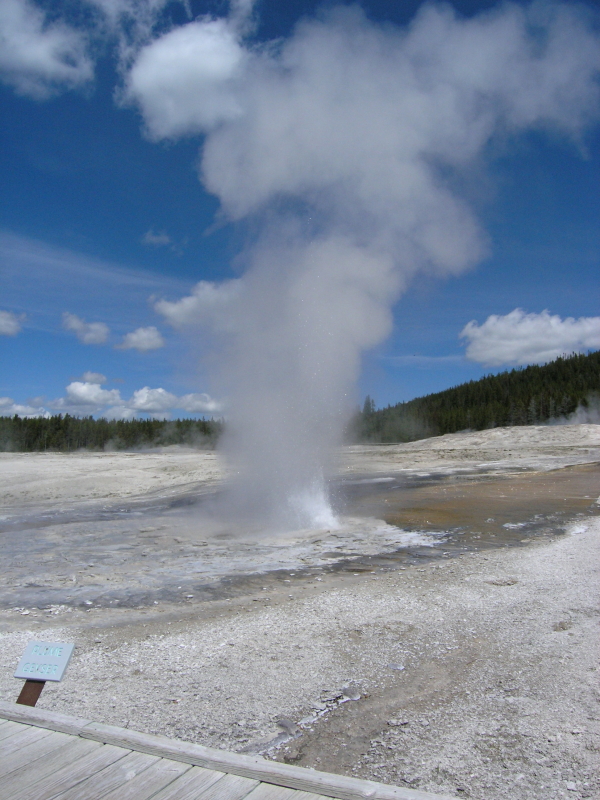


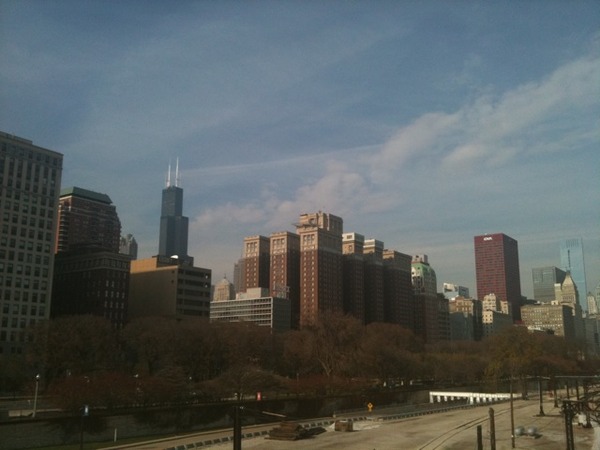


Nice plan for content warnings on Mastodon and the Fediverse. Now you need a Mastodon/Fediverse button on this blog.